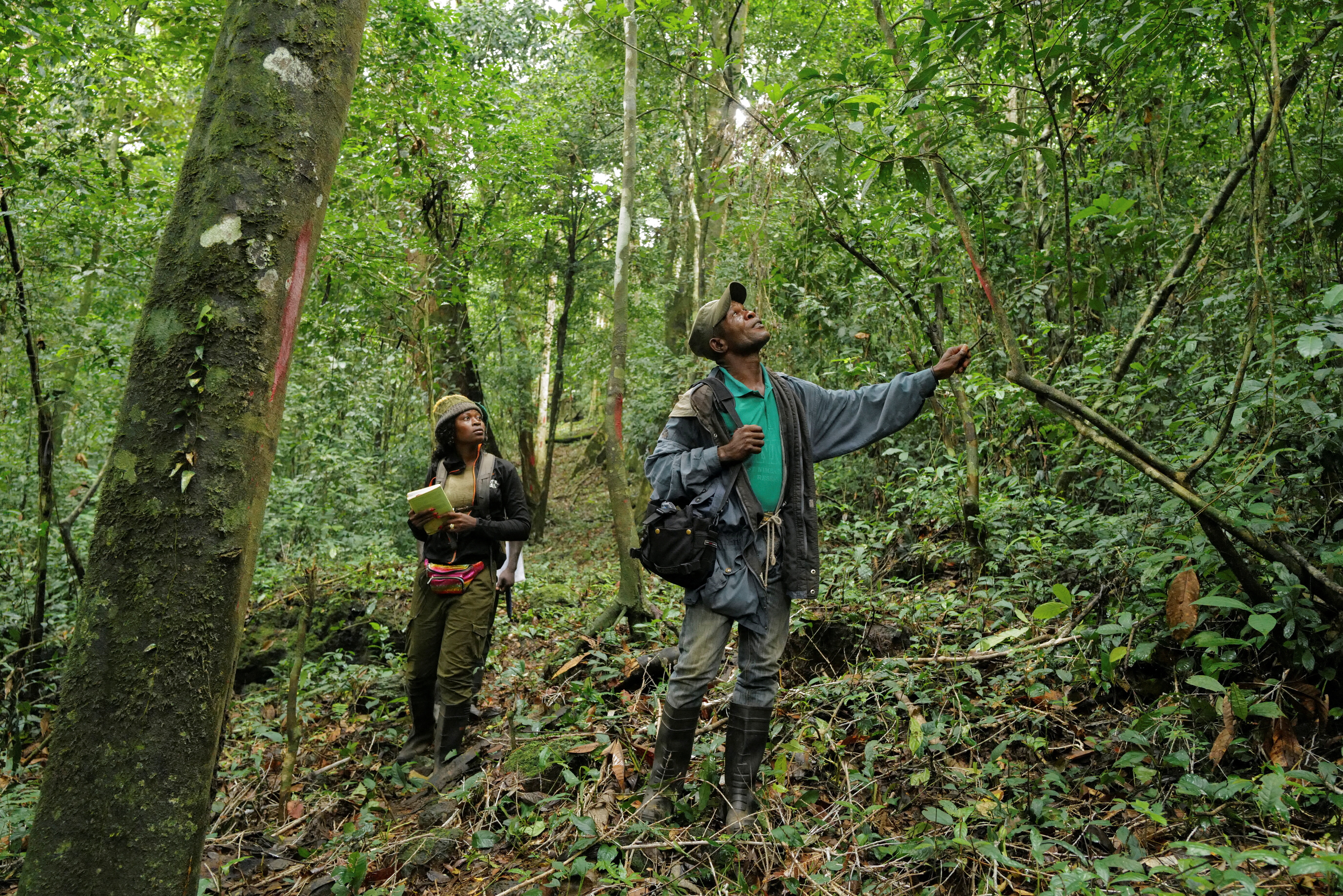How can we close the global trade financing gap?

This article is published in collaboration with E15 Initiative.
Imagine spending years, even decades, developing and deploying various types of programs aimed at facilitating the conduct of international trade and the function of global supply chains, knowing that your efforts would contribute to the alleviation of poverty and the development of economies around the world.
Imagine the complex negotiations that have gone into global agreements in this area, and the challenges of streamlining regulatory requirements, customs clearance procedures, logistics, and a whole range of activities to enable market access and to simplify and accelerate the conduct of trade. Imagine devising the gold standard of“Single Window” market access programs, only to find that a major enabler of – and more often, a pre-requisite to – the conduct of trade activity has been all but disregarded?
Trade finance and supply chain finance
Before your eyes glaze over, consider that the design, development, and deployment of trade facilitation programs and initiatives, including Single Window market access programs, aim to enable and facilitate the pursuit and conduct of international commerce.
One of the major obstacles to the pursuit of trade activity, especially for small and medium-sized enterprises (SMEs), and particularly for those based in developing economies, is the inability to access adequate levels of (affordable) trade financing.
Trade facilitation specialists and trade finance practitioners rarely cross into each other’s domains: there is no solid, well-travelled bridge between those two critical worlds, and for most, even a map showing the relative location of each is difficult to find!
Trade finance and supply chain finance ought to be added to the scope of trade facilitation activity – initially, as a specific component and policy lever in the context of country-level and regional Single Window programs, and then, as appropriate, more widely across facilitation activity.
Yes, trade financing sounds complex and a bit too specialised, and yes, you can ask five financiers today to define supply chain finance, and you will hear at least seven definitions, but in reality, this esoteric specialism of finance is about four things:
- Secure and timely payment across borders
- Financing, for one or more parties in a trading relationship or supply chain
- Effective mitigation of a wide range of trade-related risks
- Information flow, at the transactional and financial level
All the work around trade facilitation and market access is critically important and is evolving in material ways. The reality on the ground, however, is that 80 percent of merchandise trade flows are supported by some form of trade financing, which includes risk mitigation. In that context, all the infrastructure and efficiency around trade facilitation generates less than its greatest potential, if the intended beneficiaries, the importers and exporters, lack the trade financing needed to do business.
This is where vision and policy meet commercial reality, and where the theory of economic value-creation meets the execution of business transactions.
What needs to be done?
Integrating financing into the discipline of trade facilitation, initially Single Window programs, is a natural evolution of two critical enablers of international commerce: parallel streams of activity, between which a bridge can usefully be built, to advance the overall objective.
A project has been approved and initiated under the auspices of UN/CEFACT (the originators of the Single Window concept), to develop a formal, UN-backed recommendation that finance be integrated into facilitation programs, starting with Single Window initiatives.
The type of dialogue necessary to advance this proposal begins with a process of mutual education – financiers learning about facilitation, and facilitation experts learning to appreciate the role of finance in the conduct of trade. This shifts to engagement and is complemented by parallel research and policy development.
Stakeholders on both sides of this bridge will immediately grasp the opportunities in a more collaborative and complementary dynamic. Facilitation disciplines cover a broad range of activities and elements of the trade environment; one challenge on the financing side, which by definition includes risk mitigation, is to determine how to effectively propose solutions that can fit into Single Window portals or access programs.
Analysis from the Asian Development Bank and the World Bank’s International Finance Corporation suggests that there is a global trade financing gap, read unmet demand, of US $1-2 trillion annually, much of it in Asia, and a significant portion of it linked to SME suppliers in emerging markets. Providers of new, high-growth supply chain finance solutions include numerous non-banks and a variety of technology and platform-enabled providers whose solutions could conceivably plug in to Single Window platforms. The “Bank Payment Obligation”, a technology-based framework for trade related financing and risk mitigation, is a joint initiative of the International Chamber of Commerce Banking Commission and Belgium-based SWIFT, and presents one option for practical integration of financing and facilitation.
Interested in contributing to a potentially transformational bridge-building exercise that will involve robust analysis, education and stakeholdering, and concrete impacts at the level of policy and commerce? Let’s have a conversation to see how we can advance this proposition!
Publication does not imply endorsement of views by the World Economic Forum.
To keep up with the Agenda subscribe to our weekly newsletter.
Author: Alexander Malaket is a member of the E15 Expert Group on Finance and Development. He is the President of OPUS Advisory Services International.
Image: A ship is loaded with containers. REUTERS/David Gray.
Don't miss any update on this topic
Create a free account and access your personalized content collection with our latest publications and analyses.
License and Republishing
World Economic Forum articles may be republished in accordance with the Creative Commons Attribution-NonCommercial-NoDerivatives 4.0 International Public License, and in accordance with our Terms of Use.
The views expressed in this article are those of the author alone and not the World Economic Forum.
Stay up to date:
Trade and Investment
Forum Stories newsletter
Bringing you weekly curated insights and analysis on the global issues that matter.
More on Economic GrowthSee all
Sebastian Reiche
November 19, 2025







